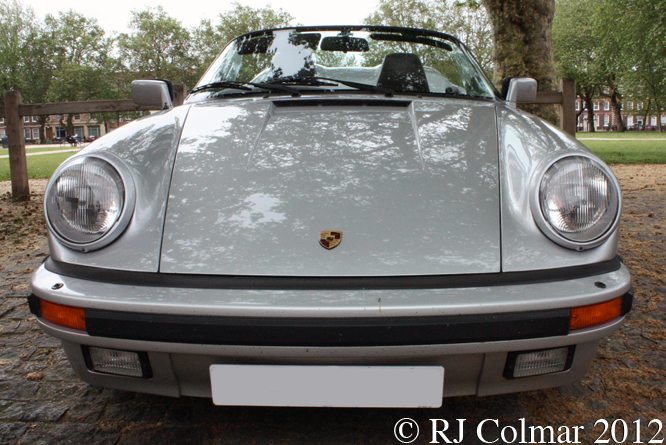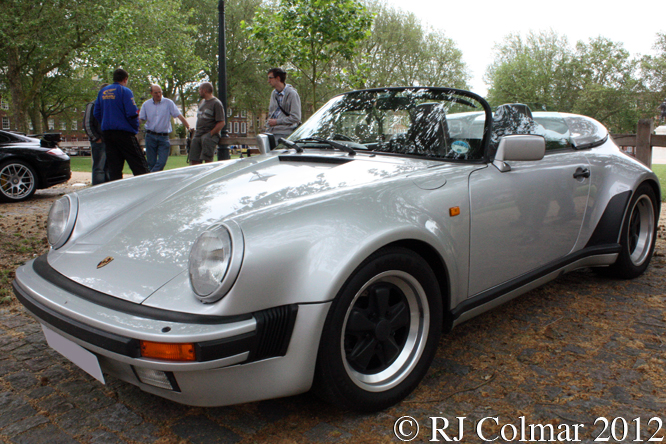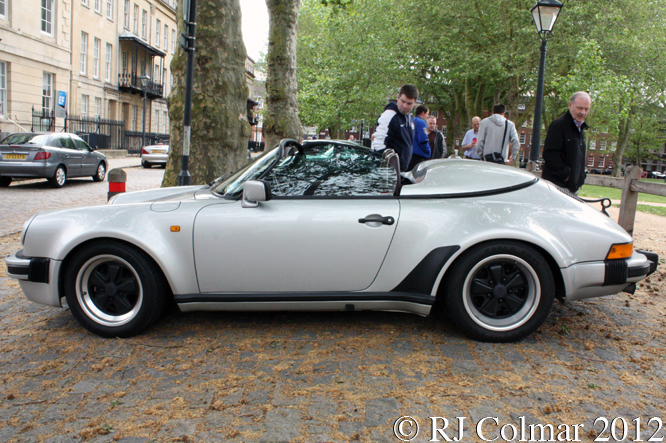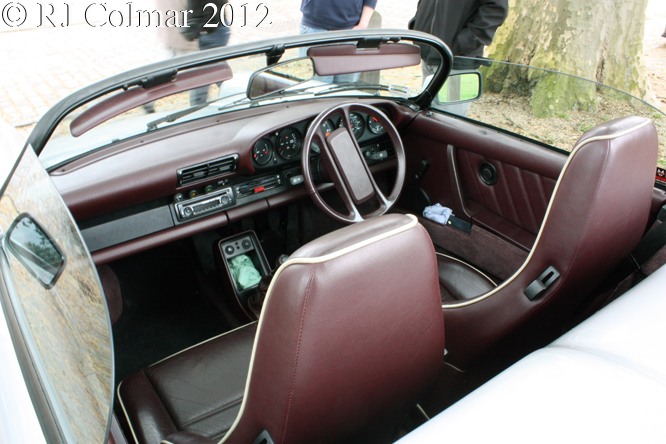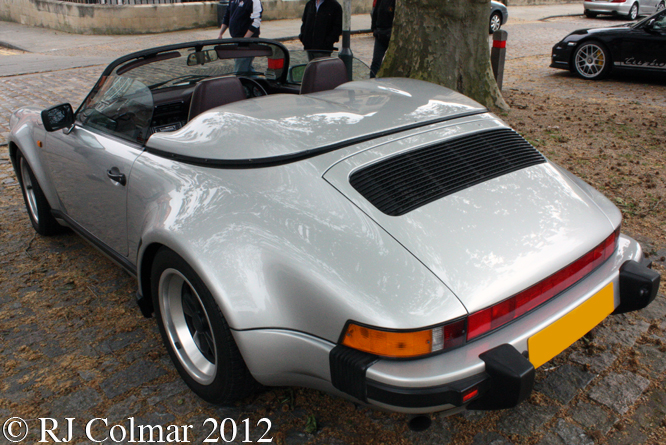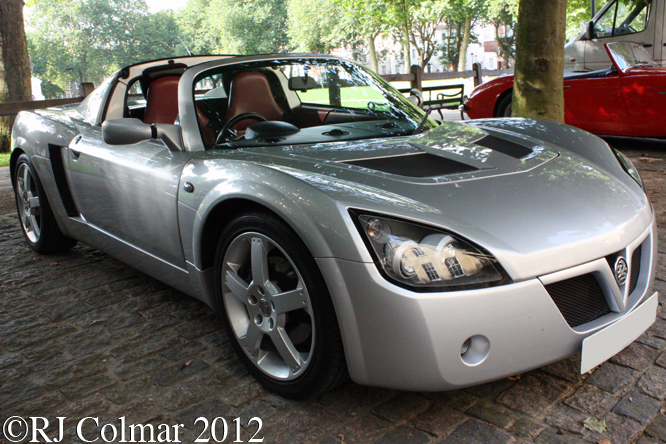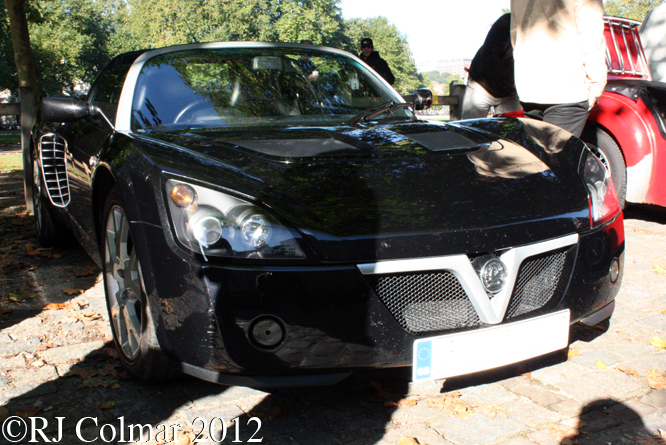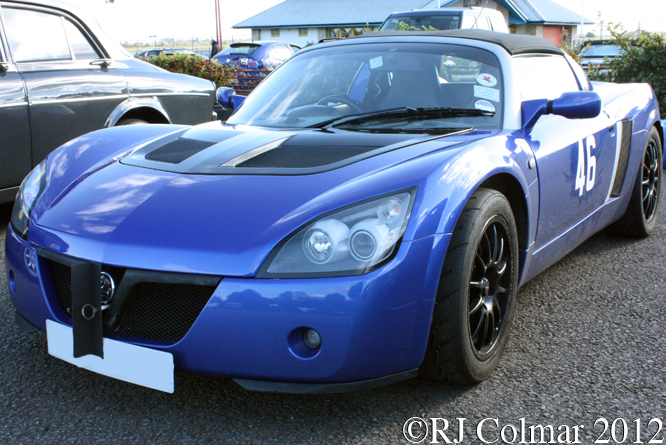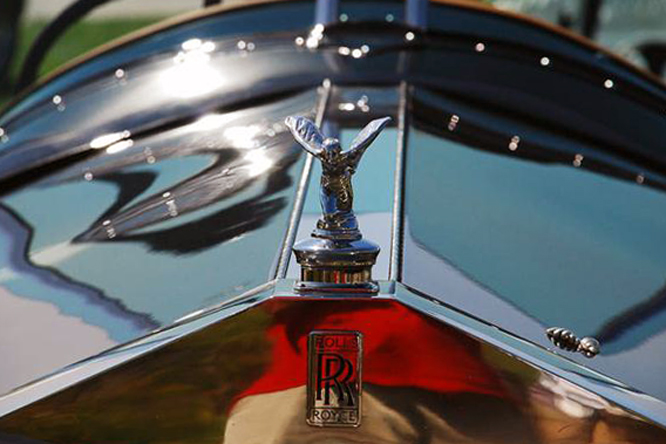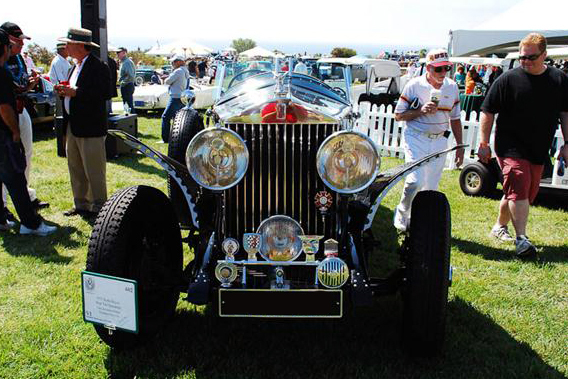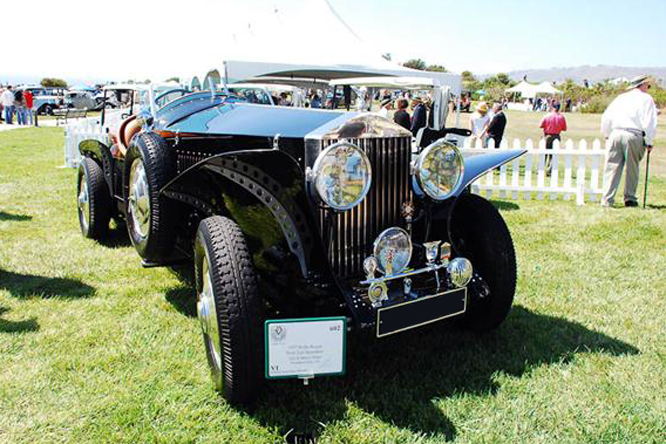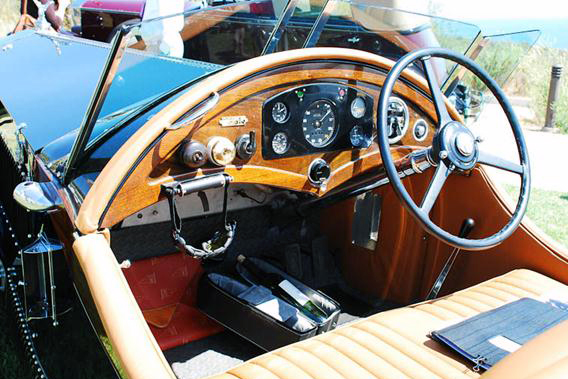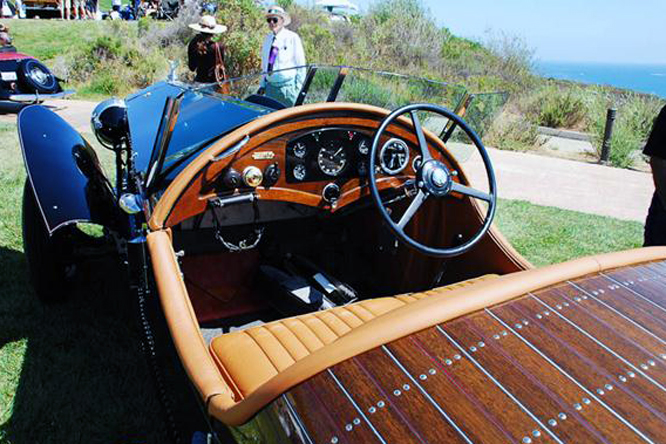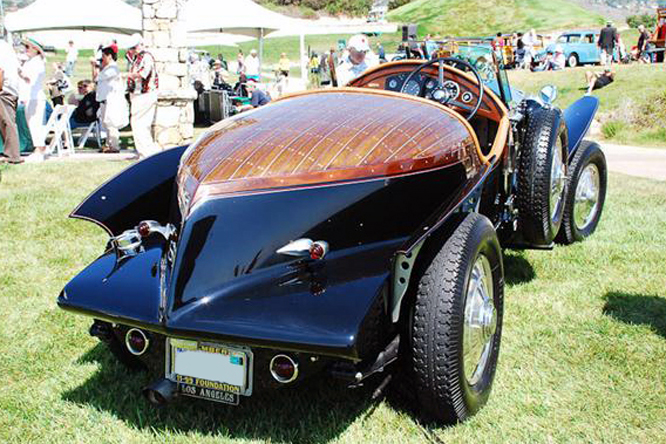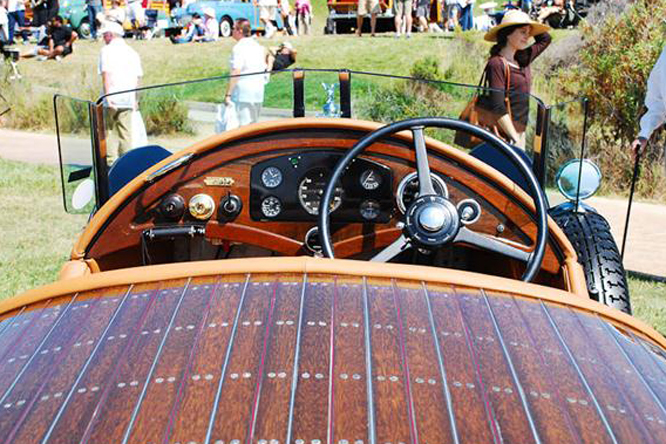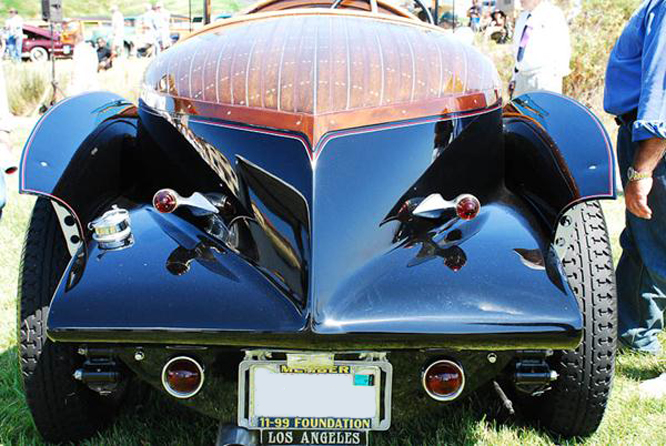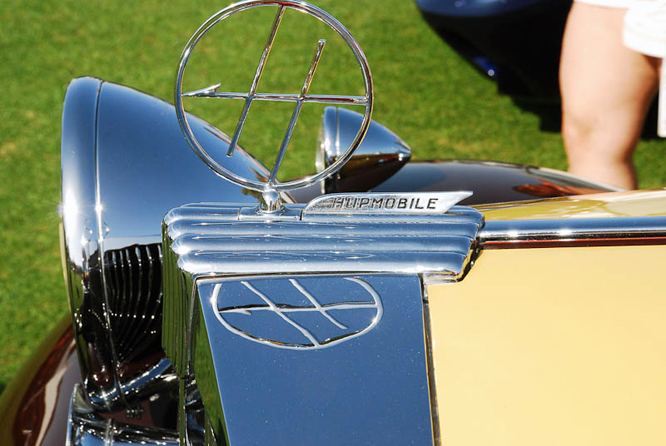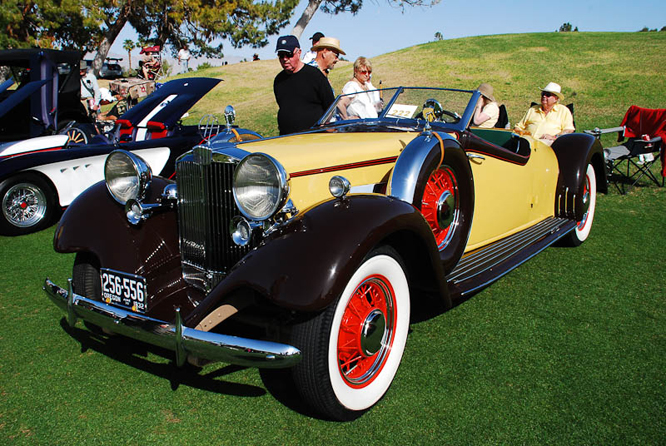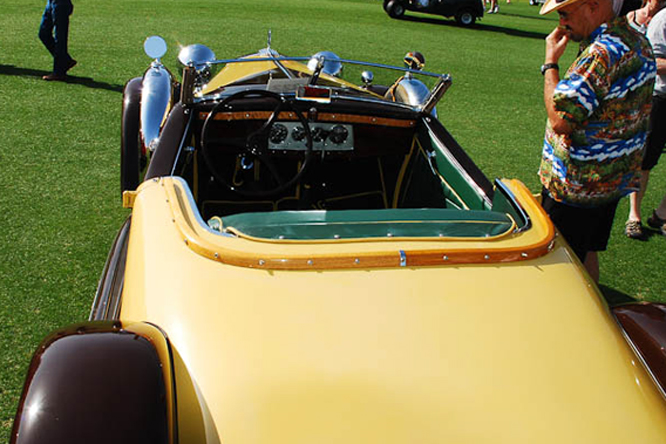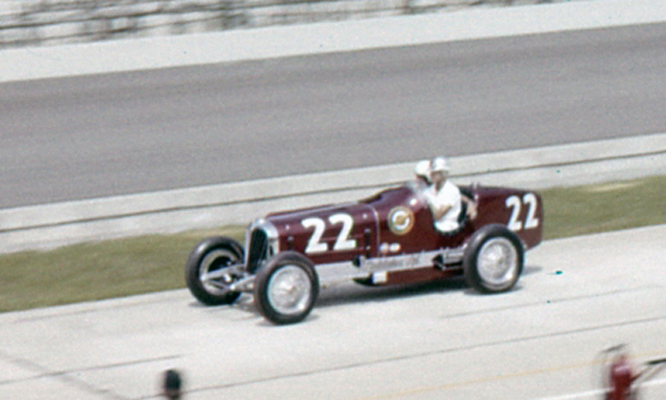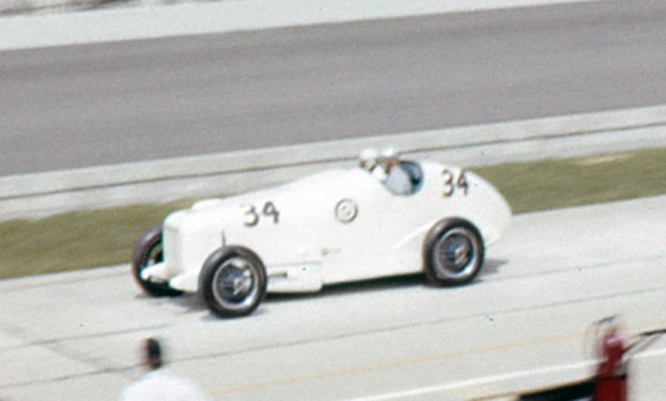I’d like to welcome a new contributor to Gettin’ a li’l psycho on tyres thanks to Geoffrey Horton who kindly asked Karl Krause to take the photo’s at Niello Serrano Concours d’Elegance which appear in today’s blog.
Karl sent around 200 images and since I’ve been celebrating the 50th Anniversary of the Porsche 911 through October I thought I’d give the model one more look in today’s blog.
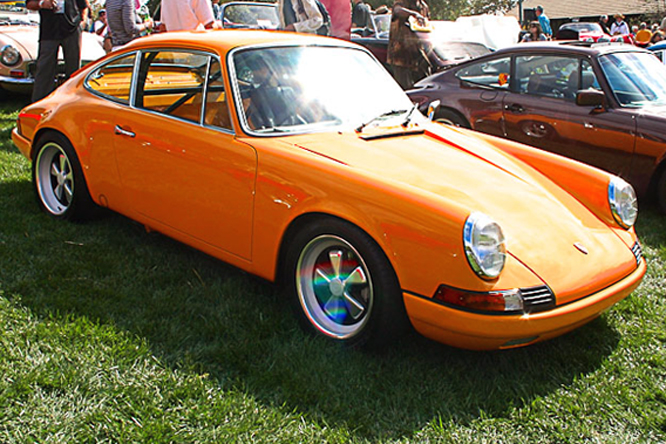
I can’t be sure of the age of the 911 above but given that the distinctive 5 spoke Fuchs alloy wheels first became an option on the 911S in 1966 I’ll hazard a guess the car above in a 1966 or later 911S.
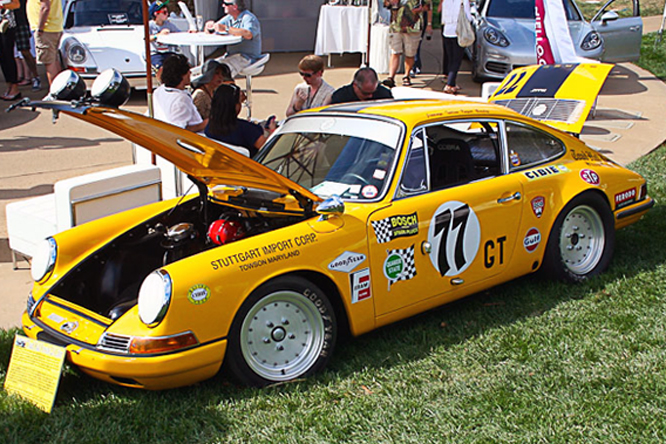
There is a good chance that any Porsche carrying the distinctive #77 was once driven by Bruce Jennings who clocked up at least 30 victories mostly in Porsche’s between 1952 and 1981. The 911T with the distinctive solid alloy wheels appears to be the car Bruce shared with Bob Tullis in the 1970 Sebring 12 Hours. The pair started 46th and failed to finish.
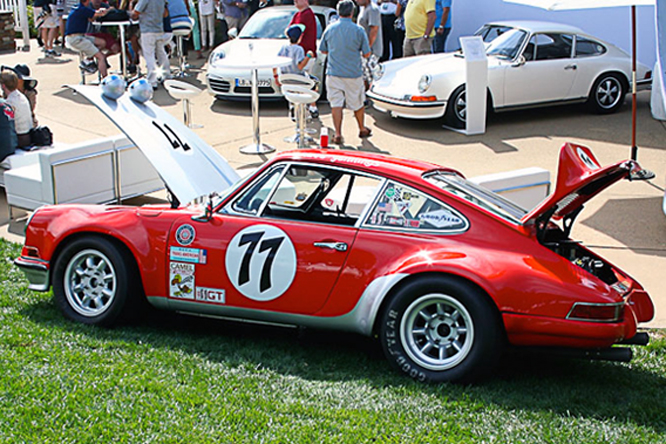
The #77 Carrera RS bodied Porsche 911S above appears to be the car Bruce shared with Bob Beasley and Bill Bean in the 1979 Six Hour race at Watkins Glen, despite a spin the trio started 40th and finished 18th.
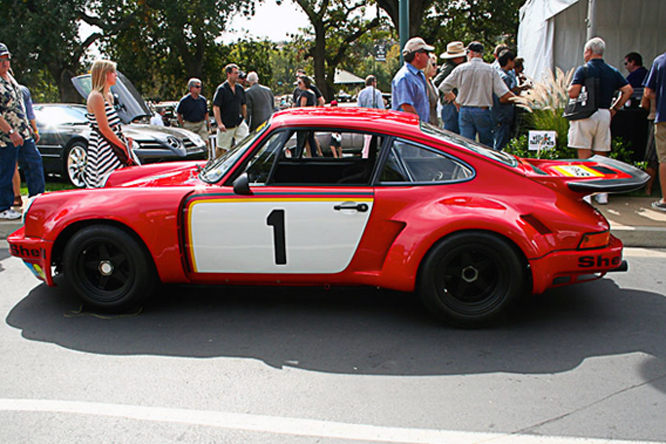
Above is a 1974 era Carrera RSR bodied Porsche 911, it appears in the colours of the Gelo Racing Team though if it is one of the Gelo team cars I have yet to workout which one. If you know please do not hesitate to chime in below.
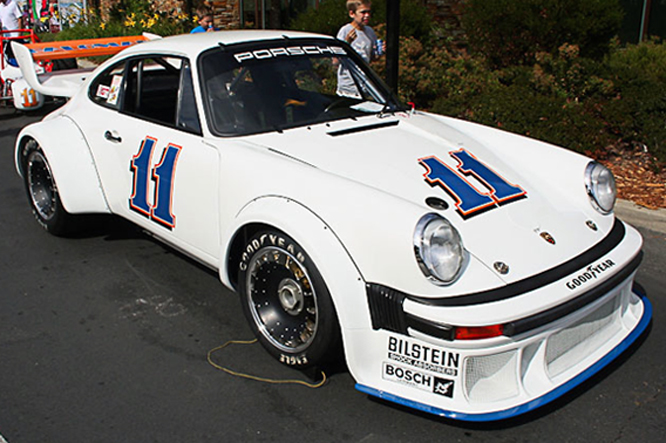
Bruce Canepa of Canepa Design raced several Porsche’s back early 80’s I believe the single turbo 934 bodied example above was one of them that was originally raced by George Dyer through 1977 prior to Bruce acquiring the car and fitting a 935 flat nose more usually seen on the twin turbo 935 models raced primarily in Europe. If this is the same car then Bruce Canepa, Rick Mears and Monte Sheldon appear to have driven it to a third place finish from 19th on the grid in the 1979 Daytona 24 hours.
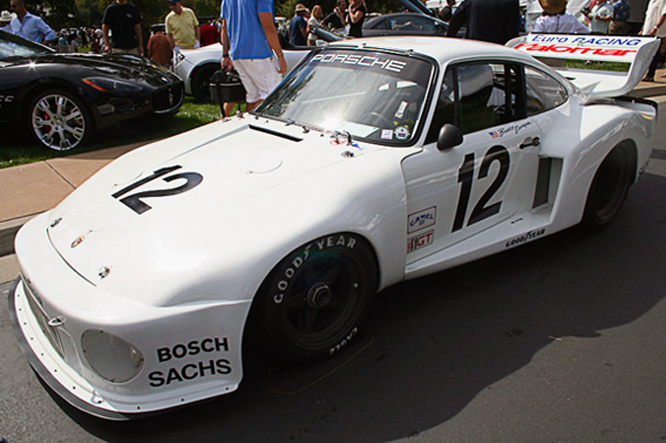
Bruce drove several other 935 bodied Porsche’s notably with Gianpiero Moretti in the Momo team, at the time of writing I am not at all sure what the history of the flat nosed 935 bodied Porsche is, again if you know please chime in below.
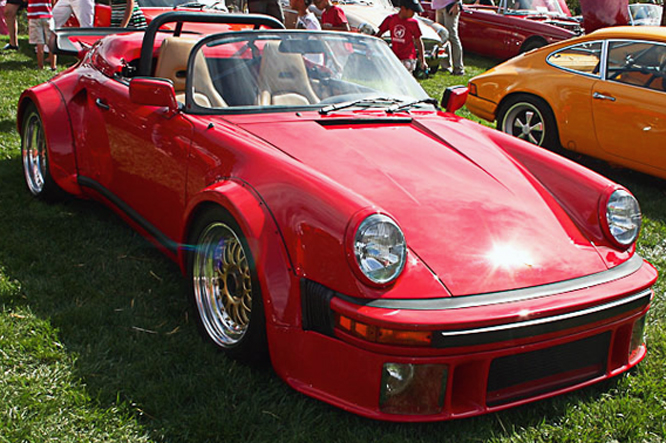
Finally filed under outrageous road car is this twin turbocharged Canepa Design built Porsche Speedster which confirms Bruce Canepa’s addiction to fast cars.
My thanks to Karl Krause for sharing today’s photographs and to Geoffrey Horton for his help in procuring them.
Thanks for joining me on this “911’s 50th Anniversary” edition of “Gettin’ a li’l psycho on tyres” I hope you will join me again tomorrow for a look at the final incarnation, to date, of the Ford Thunderbird this one driven by none other than Halle Berry. Don’t forget to come back now.


